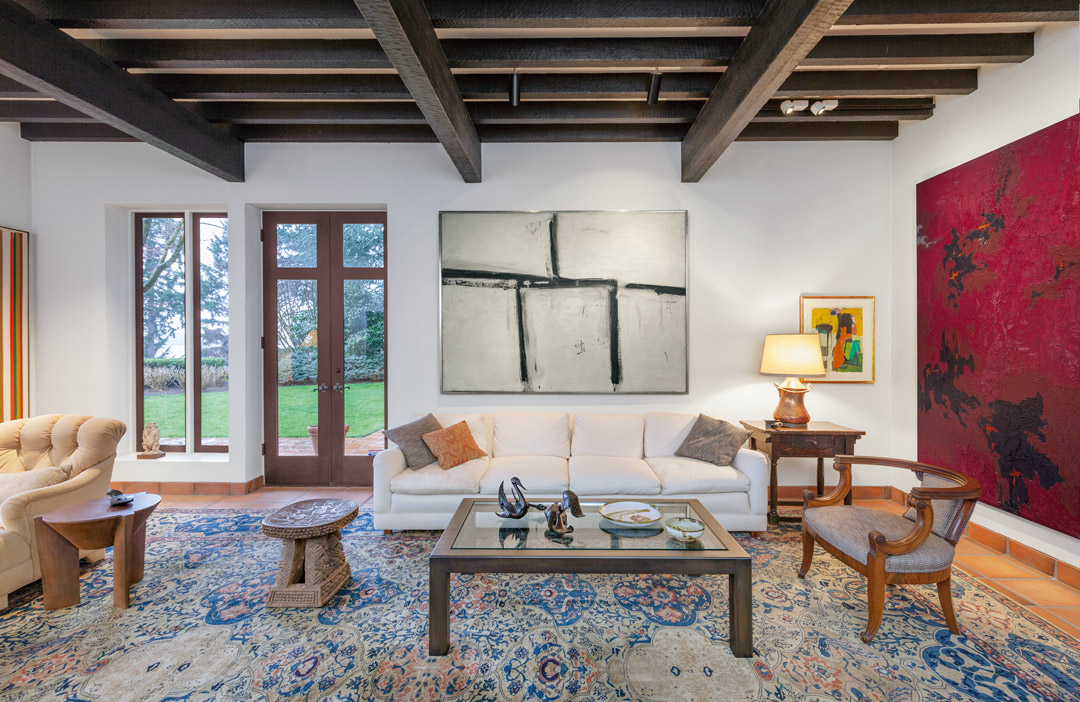Painting No. 11
1951
Franz Kline
American, 1910–1962, oil on canvas, 61 × 82 1/4 in. (155 × 208.9 cm). Seattle Art Museum, Gift of the Friday Foundation in honor of Richard E. Lang and Jane Lang Davis, 2020.14.12. Photo by Spike Mafford / Zocalo Studios. Courtesy of Friday Foundation. © 2021 The Franz Kline Estate / Artists Rights Society (ARS), New York.
Painting No. 11
David Anfam
One horizontal and three verticals, all black, stand amid an off-white field. These elements span dimensions— slightly more than five feet tall by nearly seven feet wide— neither diminutive nor epic. Rather, they combine a certain tactile intimacy with a monumental aura. The oil pigment layers range from a thinness exposing the underlayer (notice where the rightward vertical terminates near the canvas’s lower edge) to sufficiently thick to record the strokes with a housepainter’s brush. In various passages, the medium self-destructs, as it were, into splatters, streaks, scrapes and scumbles. Overall, the image has a quick, head-on impact—as any apparent gestalt should. However, an alert gaze may query whether the general configuration could be the skeletal semblance of a table or some similar quotidian, household object. Still, everything thus described requires immediate qualification, as though what looks obvious is not.
For a start, the “horizontal” splinters into two or three segments. The leftward rises slightly and the rightward tilts a bit downward (each direction depending on whether one reads from above to below or vice versa), while the central section is almost level. Consequently, this rule is, more accurately, a slight diagonal. How many parts has it? Two for sure, given the rupture at right. Ambiguously, three, because to the left of center the line crumbles into a trace resembling a faint afterimage compared to the much denser black parallel band above. Likewise, the verticals are less than foursquare,1 not to mention that each stops or fades as it nears the composition’s edges. Neither is “black and white” quite the correct label. All the white is palely mottled—grayed by its opposite color, while it makes inroads upon this selfsame black. “Grisaille” sounds more apt, though even then there lurks a second hue, an almost subliminal creamy tone. Pentimenti and blurs, inimical to a true gestalt, also prevail. Nor is this really any old table unless, perhaps, conjured by imagination—the composition teases us, so to speak, to identify it. At the end of the proverbial day, Franz Kline’s Painting No. 11 (1951, plate 5), despite seeming forthright, baffles the viewer.
“The only worlds of art America has given are her plumbing and her bridges.”
Marcel Duchamp
Puzzlement is one explanation for why Painting No. 11 demands such detailed description. Puzzles also have another knack: to solve them (successfully or not) sharpens the faculties. They make us look or think again—which is what Kline’s mature art does. Certainly, his pictorial strategies are not “about” the phenomenology of perception (to recall Maurice Merleau-Ponty’s famous 1945 account of seeing, knowing and feeling).2 Nevertheless, they grab our attention in a phenomenological way, a mode entailing a level of scrutiny that alters mere looking into apperception. As the French philosopher explained, the task is “to reawaken perception and foil its trick of allowing us to forget it as a fact and as perception in the interest of the object which it presents to us.”3 Simply stated, what a sentient spectator gets in front of a quintessential Kline such as Painting No. 11 involves not just “understanding” (mind) or even “seeing” (vision) per se. Instead, it evokes more an encounter where the two blend into a single experience that feels as vivid as it proves hard to verbalize. The art historian Irving Sandler had this kind of awakening when he happened upon Kline’s Chief (1950, fig. 1) at the Museum of Modern Art in 1952. Probably it applies to many of those who admire Kline too.
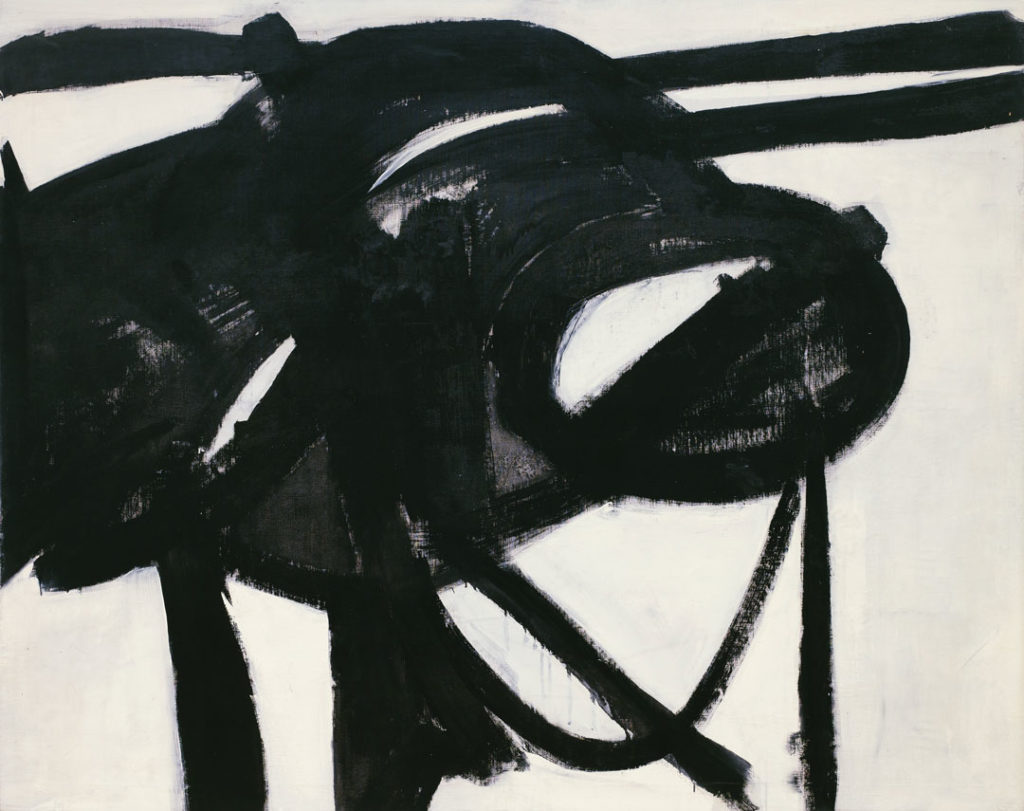
Sandler’s recollection simplifies matters that phenomenology can render unduly difficult to comprehend and therefore merits quoting in full. Pondering on what it was about the picture that astonished and moved him, Sandler wrote:
The painting did not provide any particular pleasure or delight. Nor did I “understand” it. I responded in another way—with my “gut,” as it were. The painting had a sense of urgency and authenticity that gripped me. . . . It was at once surprising, familiar, and imposing. . . . Chief revealed to me the power of the visual in my being. It was like releasing the flood gates of seeing.4
Even to my own eyes—long jaded by studying Abstract Expressionist artworks over and again—Painting No. 11 still possesses, seven decades after its execution, a comparable tug. In short, an everyday epiphany. Its oddity lies in an inexplicable power, like coming across some well-worn sentimental object that abruptly sparks diverse memories and associations exceeding or at variance with the sum of its particulars.5 When the curator William C. Seitz passed his doctoral verdict on Kline in 1955, he observed that the artist “staked everything on single units of black-and-white calligraphy.”6 Seitz got Kline’s means right without mentioning their ends.
Until now I have deliberately focused on Painting No. 11 in isolation for good reasons. The main justification is that Kline’s biography, its effect on his work and status as an Abstract Expressionist, has been discussed so often that it has become almost common knowledge—a lore involving facts, factoids, clichés and interpretations well known enough to need only the most summary retelling here. Indeed Painting No. 11’s singularity is fresher and outpaces the timeworn art historical narratives surrounding Kline.7
Suffice it to say that as a person, Kline was dynamic (an ace at football in high school),8 witty (his cartoons are deft),9 bohemian (after settling in Greenwich Village he was, of course, a hard-drinking habitué at the Abstract Expressionists’ favored watering hole, the Cedar Tavern) and gendered in a well-established America-at-midcentury man’s-man kind of mold.10 Late in life, he drove a black Thunderbird and a silver-gray Ferrari. Questioned in 1961 as to whether he regarded himself as an American painter, Kline responded, “Yes, I think so. I can’t imagine myself working very long in Europe or, for that matter, anywhere but New York. I find Chicago terrific but I’ve been living in New York now for twenty-odd years and it seems to be where I belong.”11 Likewise, Kline maintained a lengthy love affair with his native eastern Pennsylvania: Lehigh V Span (1959–60, San Francisco Museum of Modern Art) typifies the numerous titular allusions to roots (he attended Lehighton High School).12 Now prime Rust Belt, in Kline’s youth this hilly region spelled raw power: coal, trains, industry, effort and energy.13 Early landscapes such as Palmerton, PA (1941, Smithsonian American Art Museum) literally depict said scenery. In this lively panorama with a chugging locomotive at its center, the overriding impression is also unkempt. To invoke an American paradigm, the machine disrupts the garden.14
In turn, the literature always discerns the foregoing biographical cues transformed into style and metaphor throughout Kline’s subsequent oeuvre. A typical historical reading compared his Mahoning (1956, Whitney Museum of American Art) with Pierre Soulages’s 23 March ’55 (1955, private collection). According to the author John McCoubrey, the French painter’s canvas came across as structured, precise, restful and well crafted. By comparison, he described Mahoning as raw, violent, impulsive and restless.15 Stereotypes? Yes. Wrong? No. On the contrary, stereotyping may bespeak truth. Furthermore, Kline’s transition from representational to abstract was fairly late and brisk. He considered The Dancer (1946, Private Collection), very influenced by Cubism, his first abstraction.16 Two or three years later, a friend, none other than Willem de Kooning, encouraged Kline to project his drawings onto the studio wall with a Bell-Opticon.17 Whatever was once decipherable became estranged, an optical mind game. The little grew large. By no coincidence, scale is inherently a somatic sensation. Kline acknowledged that some forms, no matter how effaced, felt figurative to him. Nor is gesturalism or Action Painting conceivable without the body’s agency, which leaves its indexical marks in pigment.18
By 1950, Kline had found himself. In October, his first solo show opened at the Charles Egan Gallery in Manhattan. The selection had some of his most iconic achievements, including the ultra-stark Wotan (Museum of Fine Arts Houston), Hoboken (Private Collection) with its circular motif, and the more linear Giselle (Private Collection), all from 1950. Worth noting in the present context is that the output from 1950 and the next four or five years exudes a grainy frankness—Painting No. 11 has it in spades—that later tended to diminish when Kline’s manner became more rehearsed and, at its least persuasive, a tad slick. That Painting No. 11 also featured as the poster and on the invitation for his second solo show at Egan in 1951 reflects its primacy (fig. 2). Frequently, the shock of the new outdid its sometimes formulaic replay.
As for the key themes underlying Kline’s iconography, they are those historically equated with American power and facticity. To wit, engineering feats such as the Brooklyn Bridge (often Kline’s structures foster a sense of suspension or torque),19 skyscrapers (New York was Franz’s kind of town), speed as symbolized by railroad engines (Cardinal [1950, Private Collection] and Chief both refer to locomotives)20 and motion itself. In fact, Kline’s shapes are always vectors insofar as they either seem forever in flux and/or suggest impending collapse—Painting No. 11’s shaky armature conveys precarious imbalance.21 And if imbalance sounds antithetical to “power,” think again. Remember how powerful is the often-shown documentary footage of the Tacoma Narrows Bridge’s juddering collapse in 1940,22 not to mention the explosions that have energized a zillion Hollywood movies from at least the huge gas tank’s immolation at the apocalyptic end of White Heat (1949; dir. Raoul Walsh) to today’s “exploding helicopter” melodramas. In a nutshell, then, Kline redid what had already been the idealized subject of an earlier American movement, Precisionism, in the process ravaging it. Charles Sheeler’s Water (1945, fig. 3) exemplifies the massiveness, concentrated energies, hard angles and cool architectonics that compose this “technological sublime.”23
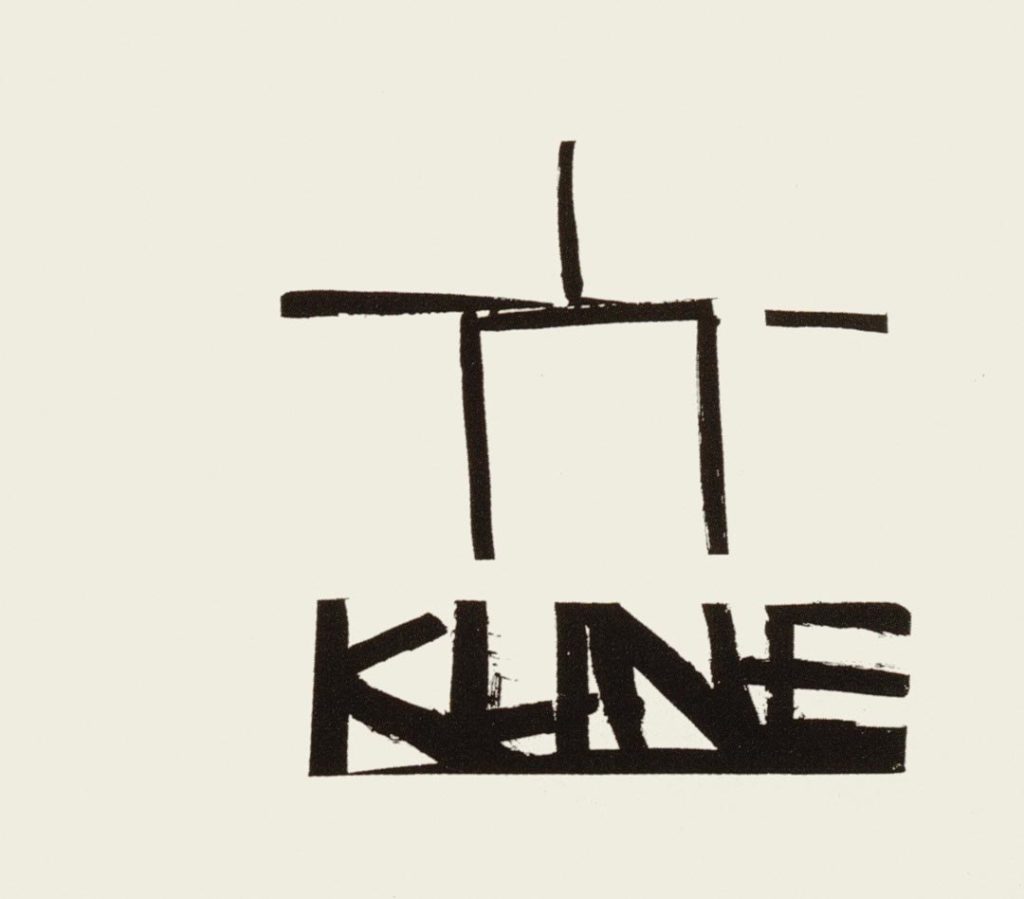

Motion has been an American idée fixe ranging from the quest that led to Plymouth Rock, via Walt Whitman’s “Song of the Open Road” (1855), to Jack Kerouac’s seminal On the Road (1957) and its innumerable cinematic progeny.24 The diagonal in Painting No. 11 breaks, yet it also continues apace beyond the frame. Lastly, the impersonal, sparse aura of such works links them to the birth of the “cool” in postwar America.25 On the one hand, Kline could wax emotive with his jagged dramas. On the other hand, he was savvy enough to make feelings into things, material and matter-of-factual. At their leanest, we encounter pictorial holophrases. In a sense, his colliding visual syntax is a “list” of quiddity—encompassing black and white, rectangles, circles, wedges, intersections and so forth. Nothing is more homespun America than the propensity to make lists.26 The overabundant attributes that Herman Melville listed to evoke the whiteness of the whale in Moby Dick (1851) remain a locus classicus for such paeans to quiddity. But a rupture with tradition and easy categories looms. Speaking of which, what happened to the would-be table in Painting No. 11?
According to the gallerist Allan Stone,
I raised this question of origins with Charles Egan, Kline’s first dealer, good friend and a pioneer in championing the Abstract Expressionist movement. “Tables and chairs,” was Egan’s answer. “Charles, what are you talking about? You’re joking!” “Not at all,” Charles replied and pulled out a small abstraction, which upon close inspection turned out to be a rocking chair. . . . Similarly, Egan maintained that the very spare early abstract paintings like Wotan (1950) were inspired by the reduction of tables.27
This erstwhile homely plot thickens further. Kline’s dynamism hid skeletons in the closet. His father died in mysterious circumstances that may have been suicide. In 1947, Kline portrayed himself as a Red Clown whose masklike face approaches a pale death’s head.28 The following year or thereabouts witnessed a variant, Large Clown (Nijinsky as Petrouchka) (1948, Wadsworth Atheneum Museum of Art), representing the Russian ballet dancer gone insane. Finally, Kline’s path away from realism pivoted around mul-tiple studies of his wife, Elizabeth (who had been a ballerina), seated in a rocking chair. In May 1948, Elizabeth went off her rocker (as they say) and was institutionalized.29 To conclude: the tough, ebullient all-American boy persona hid a darker side to Kline’s psyche. We are nearer film noir territory than the gung-ho arena of Action Painting.30
What happened to the tables and chairs is that they became revenants, signs that emit mixed emotions, at once sturdy emblematic icons and sites laden with an uncanny instability.31 There is no dialectic because Kline, unlike Piet Mondrian, suspends dualities. Grids are shaken, certainties blurred (blurs stand midway between directed gestures and the formless).32 Figures and furniture disappeared into force fields. Painting No. 11 epitomizes this conflict, its riddles embedded within spartan simplicity—as well as an ultimate retort to Marcel Duchamp’s put-down regarding American industrialism (see this essay’s epigraph). In Painting No. 11 and its kin, Kline achieved what some modern thinkers believe is a central purpose in art: that is, to defamiliarize humdrum reality so that we perceive it anew, strange and starkly indelible.33
Notes
David Anfam is senior consulting curator at the Clyfford Still Museum, Denver. His exhibition Abstract Expressionism (Royal Academy of Arts, London, 2016–17) was the largest survey of its kind ever held in Europe. Anfam’s many publications include Franz Kline: Black and White, 1950–1961 (Menil Collection, 1994) and the catalogue raisonné Mark Rothko: The Works on Canvas (Yale University Press, 1998), now in its sixth printing.
Notes
Epigraph Marcel Duchamp, “The Richard Mutt Case,” The Blind Man 2 (May 1917): 5.
1 The perhaps ironic or punning title of a canvas that is neither foursquare nor contains four squares: Franz Kline, Four Square, 1956, oil on canvas, 783/8 × 503/4 in. (199 × 128.9 cm), National Gallery of Art, Washington, DC.
2 Maurice Merleau-Ponty, Phenomenology of Perception, trans. Colin Smith and Forrest Williams (London: Routledge Classics, [1945], 2002). To (over-)simplify an often-difficult text, Merleau-Ponty’s aim was to reassert the ascendancy of embodied perception above traditional, Cartesian mind-body dualities.
3 Merleau-Ponty, Phenomenology of Perception, 66.
4 Irving Sandler, A Sweeper-Up after Artists (New York: Thames and Hudson, 2004), 10.
5 A process tantamount to an uncanny reversal of Freudian overdetermination.
6 William C. Seitz, Abstract Expressionist Painting in America (Cambridge, MA: Harvard University Press, [1955], 1983), 165. Pace the fact that Kline himself was not keen on the “calligraphy” idea.
7 The main studies include Harry F. Gaugh, The Vital Gesture: Franz Kline (Cincinnati: Cincinnati Art Museum and Abbeville Press, 1986); David Anfam, Franz Kline: Black and White, 1950–1961 (Houston: Menil Collection, 1994); Carolyn Christov-Bakargiev, ed., Franz Kline 1910–1962 (Rivoli-Turin: Castello di Rivoli Museo d’Arte Contemporanea, 2004); and Robert S. Mattison, Franz Kline: Coal and Steel (Allentown, PA: Allentown Art Museum of the Lehigh Valley, 2012).
8 Vawdavitch (1955, Museum of Contemporary Art, Chicago) references an American football star.
9 Cartoons perforce involve reducing things to (mostly linear) essentials, a process of obvious relevance to Abstract Expressionism.
10 The mid-1940s photograph of Kline in Gaugh, Vital Gesture, 52, shows a brooding figure in a cutoff check shirt that would still be trendy today and conforms to the “rebel without a cause” persona later established by Marlon Brando, James Dean and their kind.
11 Franz Kline (1961), quoted in Katharine Kuh, The Artist’s Voice: Talks with Seventeen Modern Artists (New York: Harper and Row, 1962), 153.
12 Absence may also have made Kline’s heart grow fonder for his early days.
13 The railroad in country music echoes in microcosm the mingled pathos and appeal of the railroad writ large. See Norman Cohen, Long Steel Rail: The Railroad in American Folksong, 2nd ed. (Urbana: University of Illinois Press, 2000). Kline’s imagination accommodated this folksy aspect, immortalized in The General (1926; dir. Clyde Bruckman and Buster Keaton).
14 Leo Marx, The Machine in the Garden: Technology and the Pastoral Ideal in America (Oxford: Oxford University Press, 1964).
15 John McCoubrey, American Tradition in Painting (Philadelphia: University of Pennsylvania Press, [1963], 2000), 4.
16 Gaugh, Vital Gesture, 79–80.
17 Kline’s predilection for monochrome owes a lot, among sundry other sources, to de Kooning.
18 Following the art historian Richard Shiff, himself subscribing to the American philosopher C. S. Pierce’s theories, indexicality implies a direct physical contact between an image and its source (for example, a handprint), whereas iconicity instead indicates a visual resemblance between the former and the latter (as in conventional mimesis); Richard Shiff, “Performing an Appearance on the Surface of Abstract Expressionism,” in Michael Auping, Abstract Expressionism: The Critical Developments (Buffalo: Albright-Knox Art Gallery and Harry N. Abrams, 1987), 94–123.
19 Typified by the levitated square and horizontal in Suspended (1953, private collection).
20 “Power and freedom” were associated with the railroad at its first appearance in the landscape; Susan Danly and Leo Marx, The Railroad in American Art: Representations of Technological Change (Cambridge, MA: MIT Press, 1998), 46.
21 See Franz Kline, quoted in Selden Rodman, Conversations with Artists (New York: Devin-Adair, 1957), 109: “To think of ways of disorganizing form can be a form of organization, you know.”
22 Kline’s The Bridge (ca. 1955, Munson-Williams-Proctor Arts Institute) presents a tangled upheaval.
23 See David E. Nye, American Technological Sublime (Cambridge, MA: MIT Press, 1994). Irving Sandler’s essay title tweaks this phrase to “The Industrial Sublime,” in Mattison, Franz Kline, 108; I prefer “industrial primitivism.”
24 On speed, motion and their relationship to the American 1950s, see Anfam, Franz Kline.
25 The literature is extensive. Worthwhile starting points are Lewis MacAdams, The Birth of Cool (New York: Free Press, 2001); and Joel Dinerstein, The Origins of Cool in Postwar America (Chicago: University of Chicago Press, 2017).
26 Robert E. Belknap, The List: The Uses and Pleasures of Cataloguing (New Haven, CT: Yale University Press, 2004).
27 Allan Stone, Franz Kline: Architecture and Atmosphere (New York: Allan Stone Gallery, 1997), n.p.
28 The “clown” typology goes back to Walt Kuhn and forward to Wayne Thiebaud and Bruce Nauman. It may denote painting’s intrinsic artifice in an “on with the motley” spirit—performativity gone, by turns, sad or wild.
29 Rocking chairs are the corniest of stage props in countless horror movies, perhaps the foremost being Psycho (1960, dir. Alfred Hitchcock).
30 An obvious though overlooked comparison is with Frank Sinatra. His jazzy ebullience could segue to the moodiness of his Only the Lonely album (1958). Tellingly, the record’s sleeve depicts Sinatra as a Pagliaci-type clown.
31 A remarkably similar process occurs in the Ulsterman William Scott’s art.
32 No mention of the grid is complete without acknowledgment of Rosalind E. Krauss, “Grids” (1978), in The Originality of the Avant-Garde and Other Modernist Myths (Cambridge, MA: MIT Press, 1985), 8–22. Krauss posits the grid as the foundational modernist pictorial bedrock. To estrange the grid therefore entails a radical volte-face.
33 The Russian Formalist Viktor Shklovsky coined the concept “defamiliarization” in his essay “Art as Device” (1917). “The purpose of art is to impart the sensation of things as they are perceived and not as they are known. The technique of art is to make objects ‘unfamiliar,’ to make forms difficult to increase the difficulty and length of perception because the process of perception is an aesthetic end in itself and must be prolonged”; Shklovsky, quoted in Viktor Shklovsky: A Reader, ed. and trans. Alexandra Berlina (London: Bloomsbury, 2017), 80.
Explore the Collection
Sort by Chronology
Sort by Artist
Sort by Author
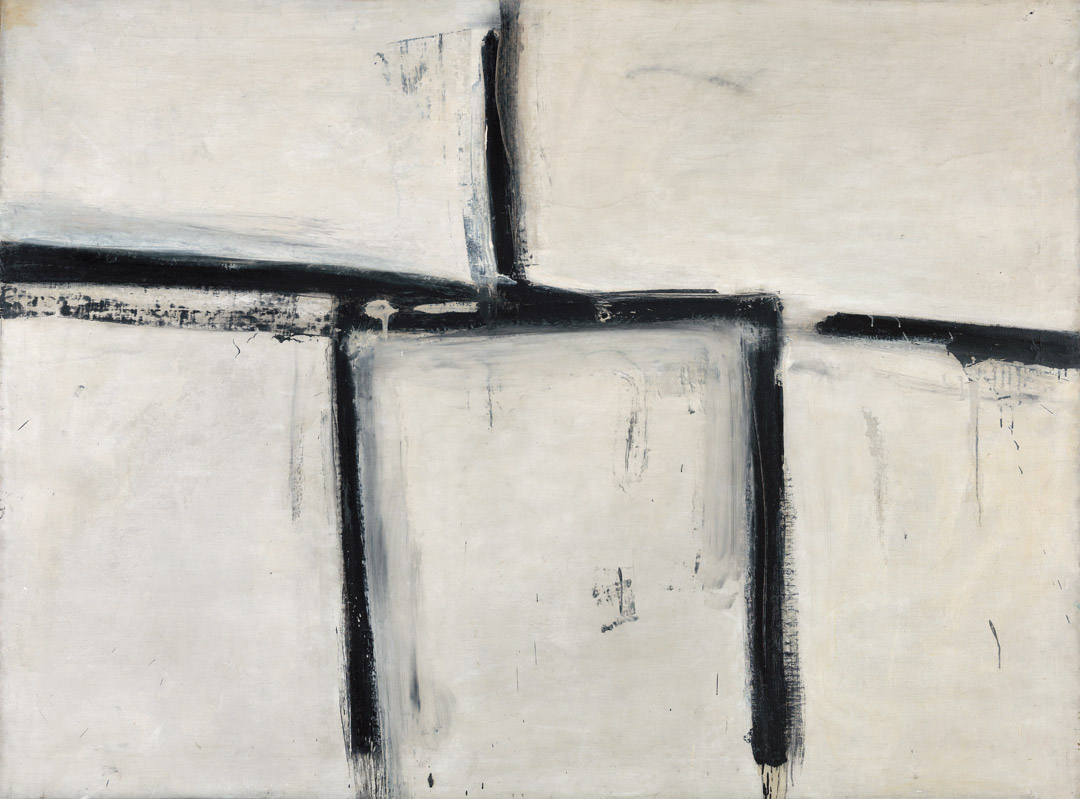
Franz Kline, Painting No. 11, 1951
Acquired November 13, 1970
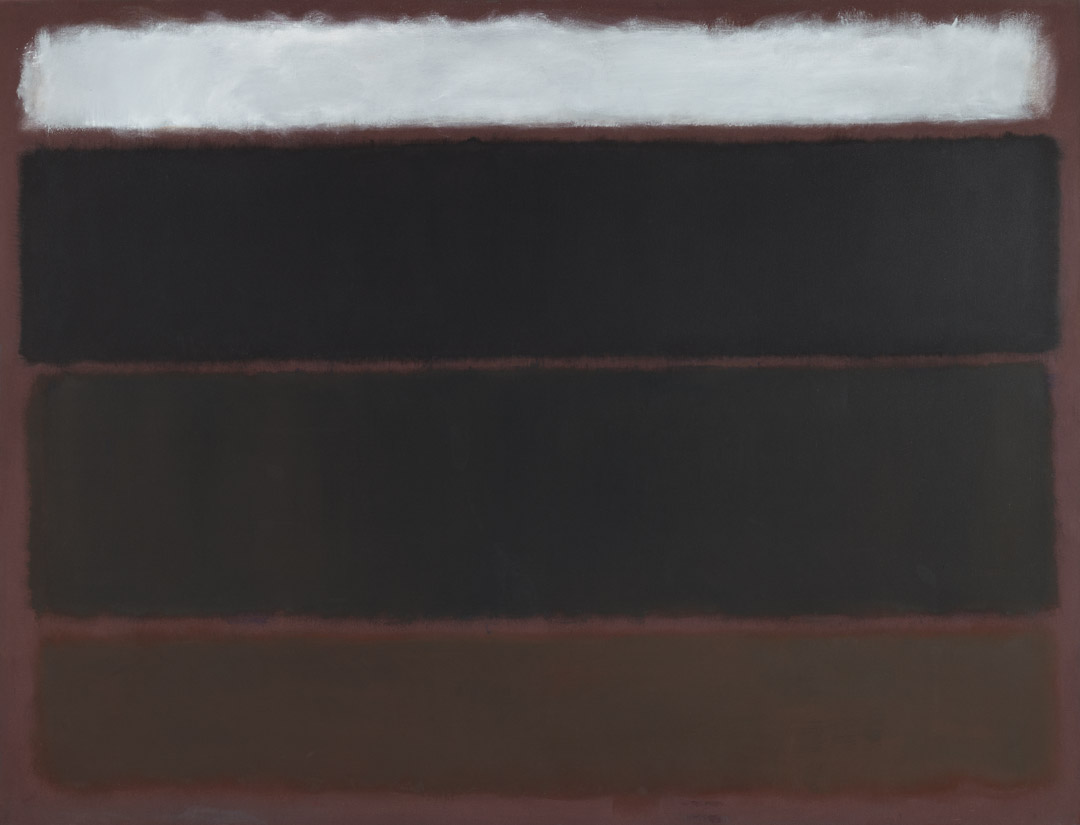
Mark Rothko, Untitled, 1963
Acquired May 18, 1972
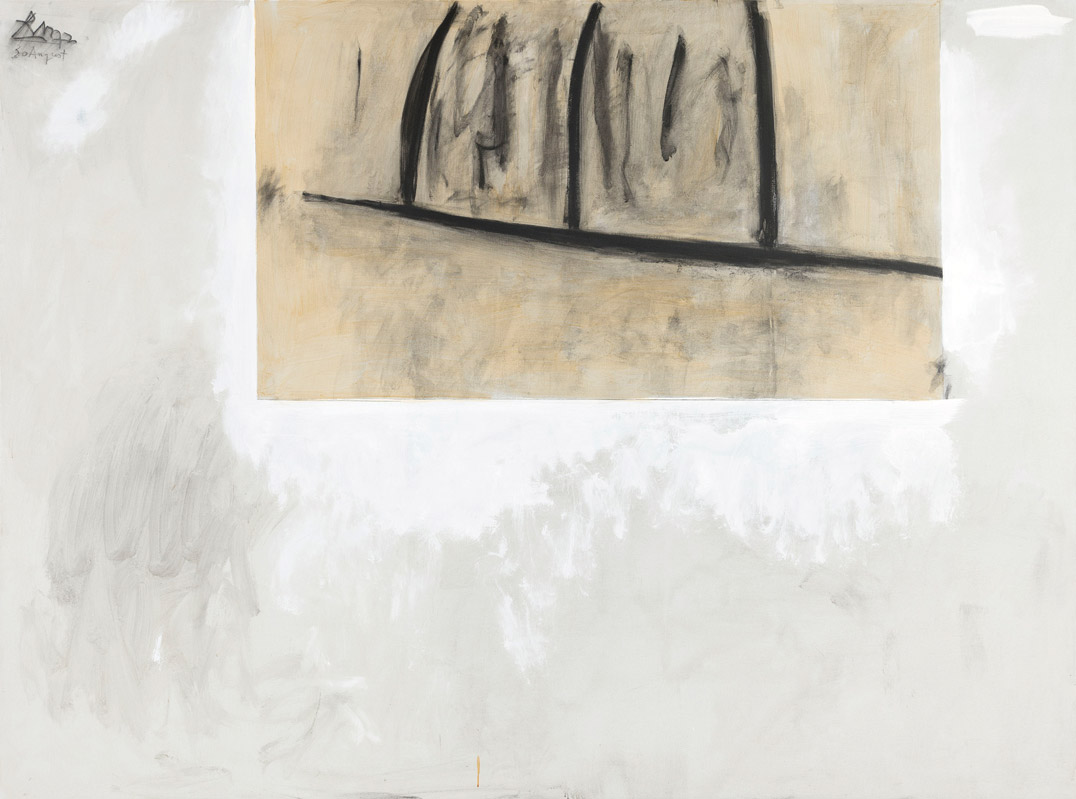
Robert Motherwell, Before the Day, 1972
Acquired October 12, 1972
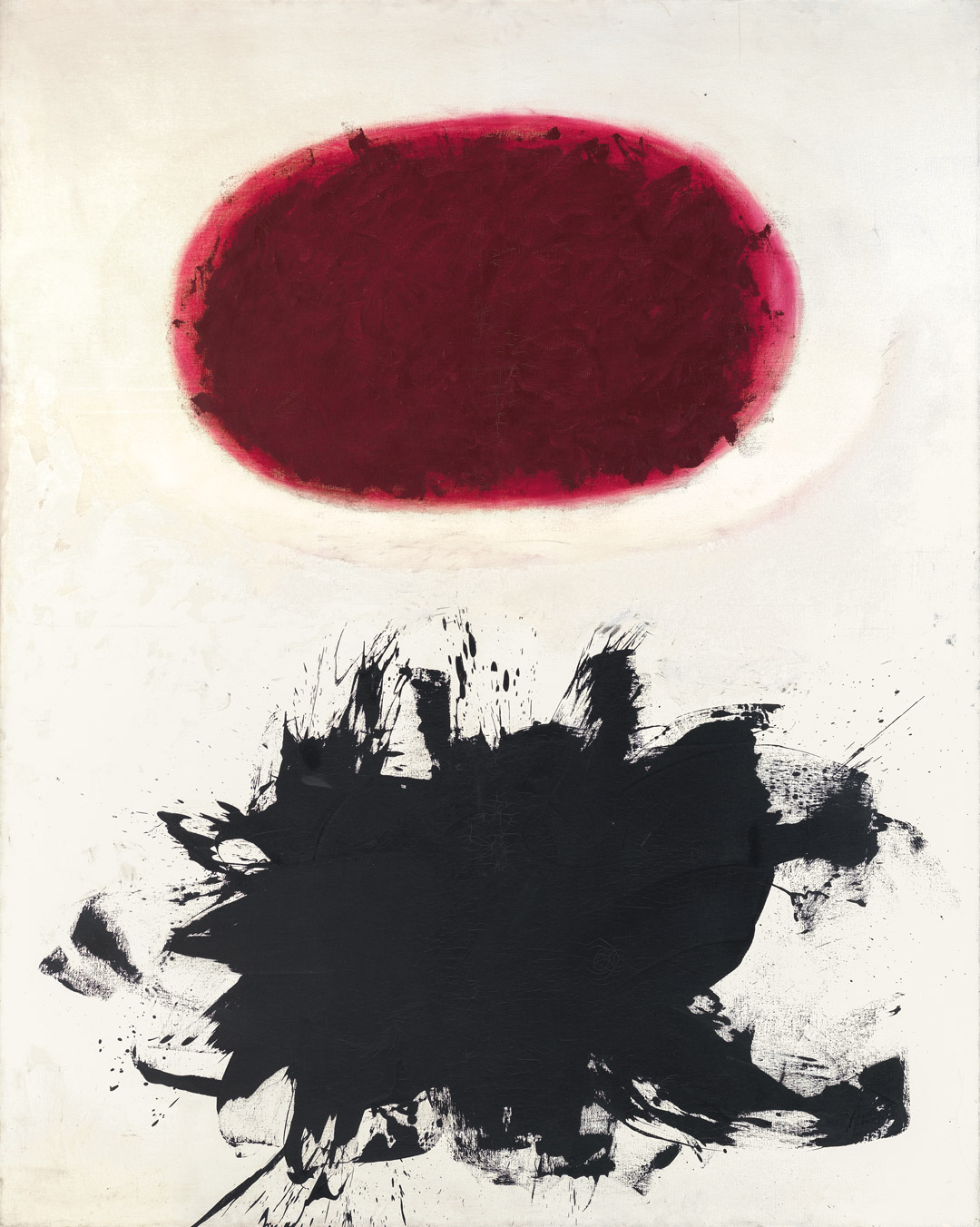
Adolph Gottlieb, Crimson Spinning #2, 1959
Acquired December 11, 1972
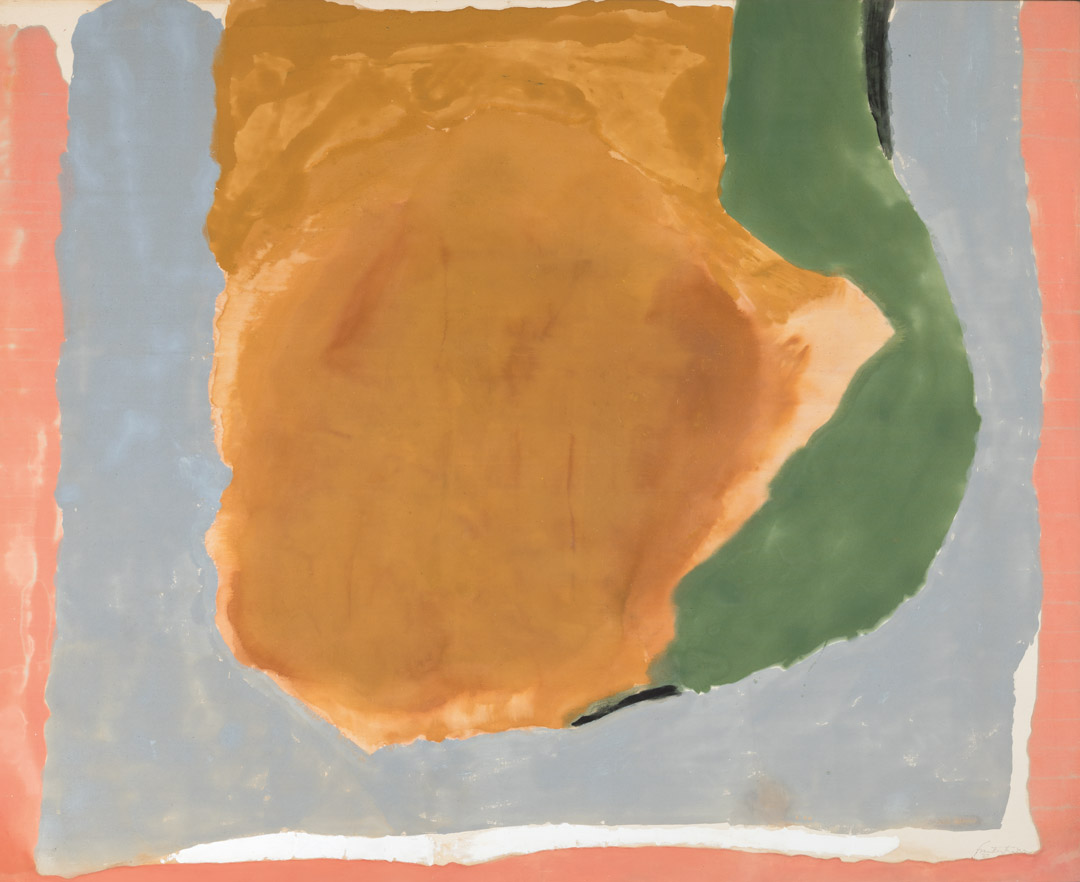
Helen Frankenthaler, Dawn Shapes, 1967
Acquired April 26, 1973
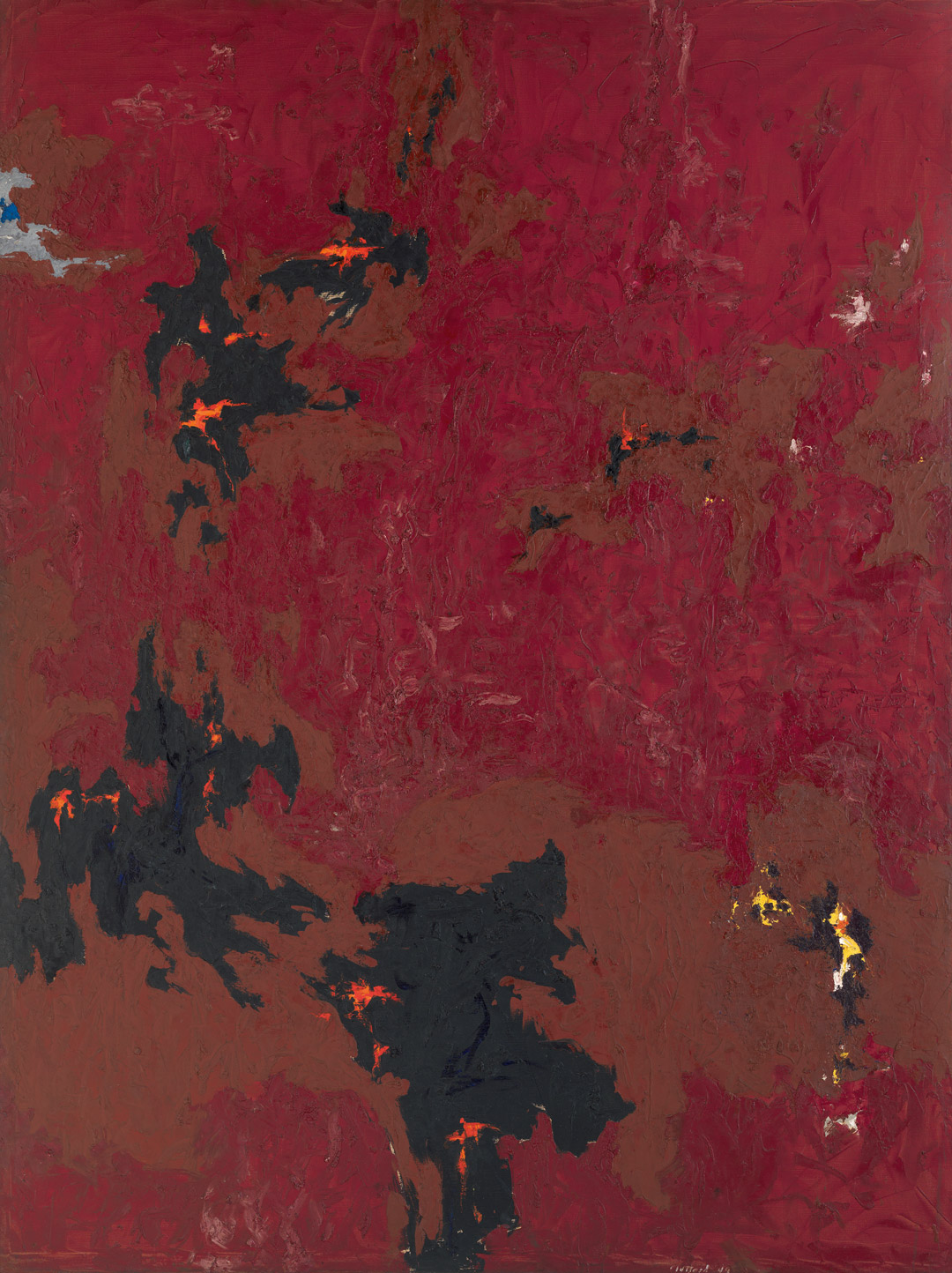
Clyfford Still, PH-338, 1949
Acquired November 10, 1973

Ad Reinhardt, Painting, 1950, 1950
Acquired January 8, 1974
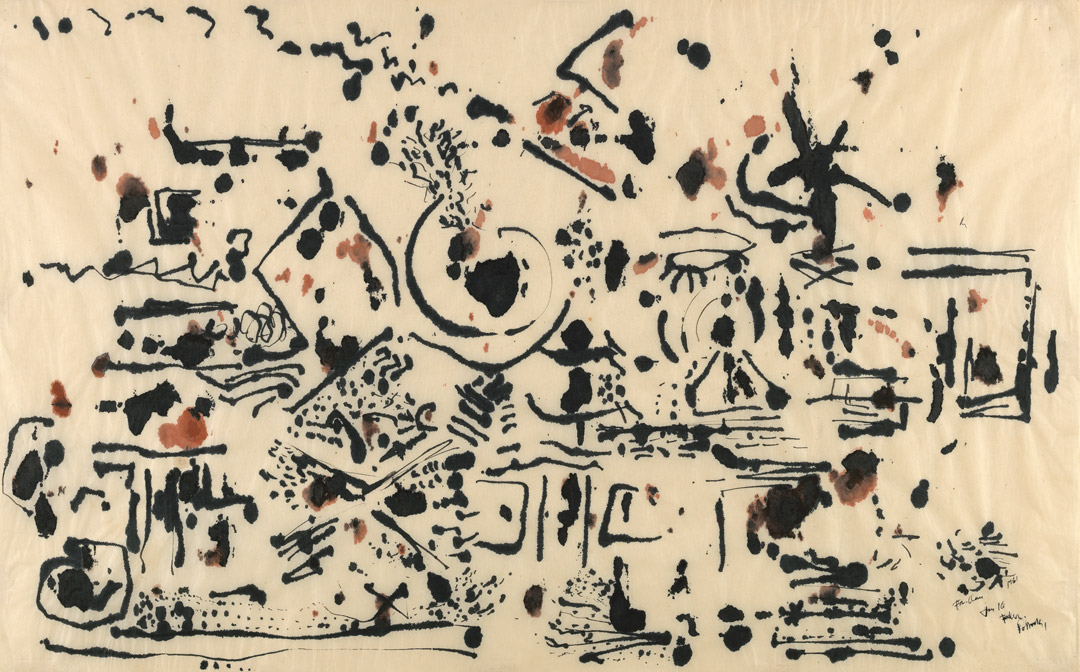
Jackson Pollock, Untitled, 1951
Acquired March 29, 1974
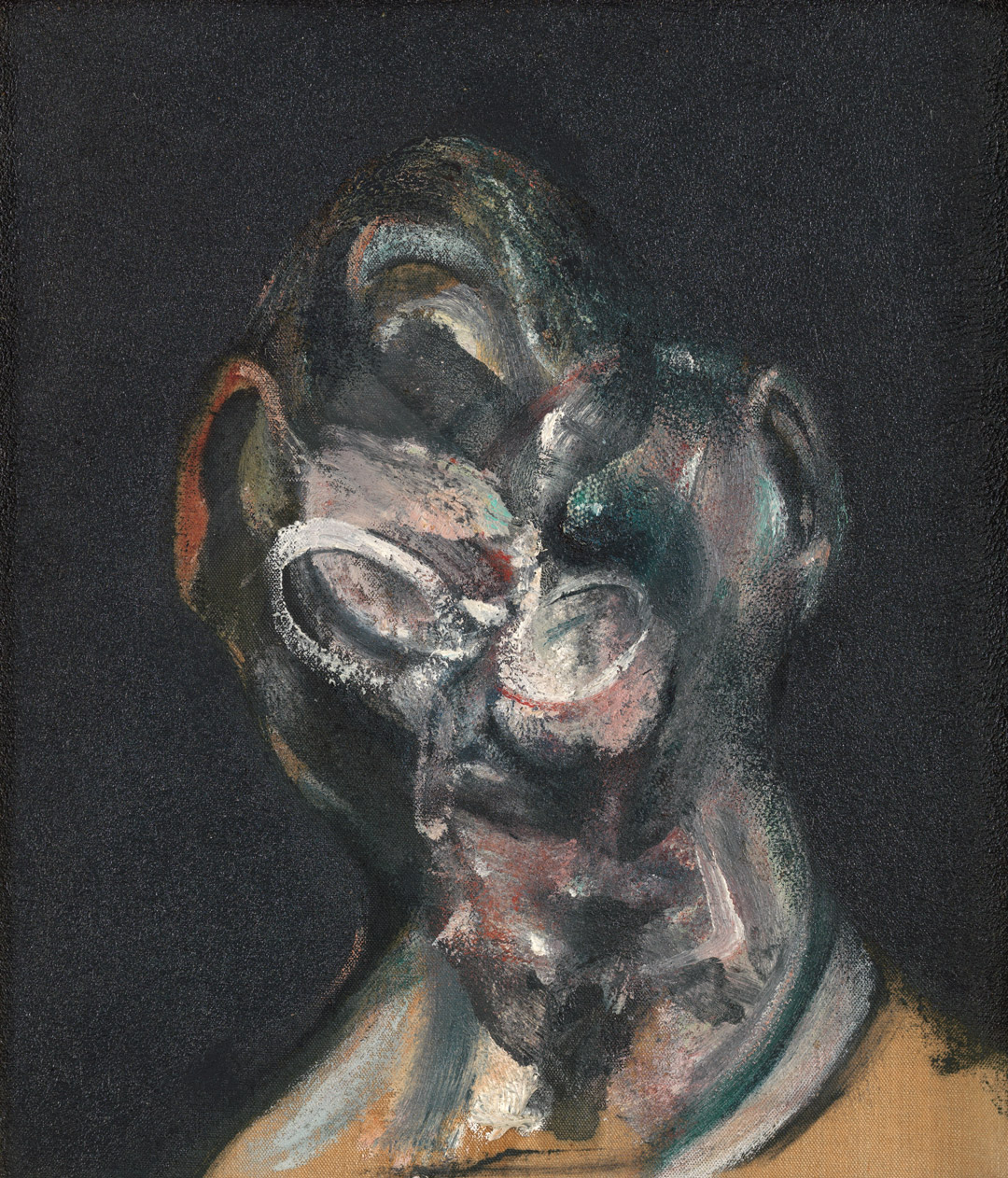
Francis Bacon, Portrait of Man with Glasses I, 1963
Acquired October 24, 1974
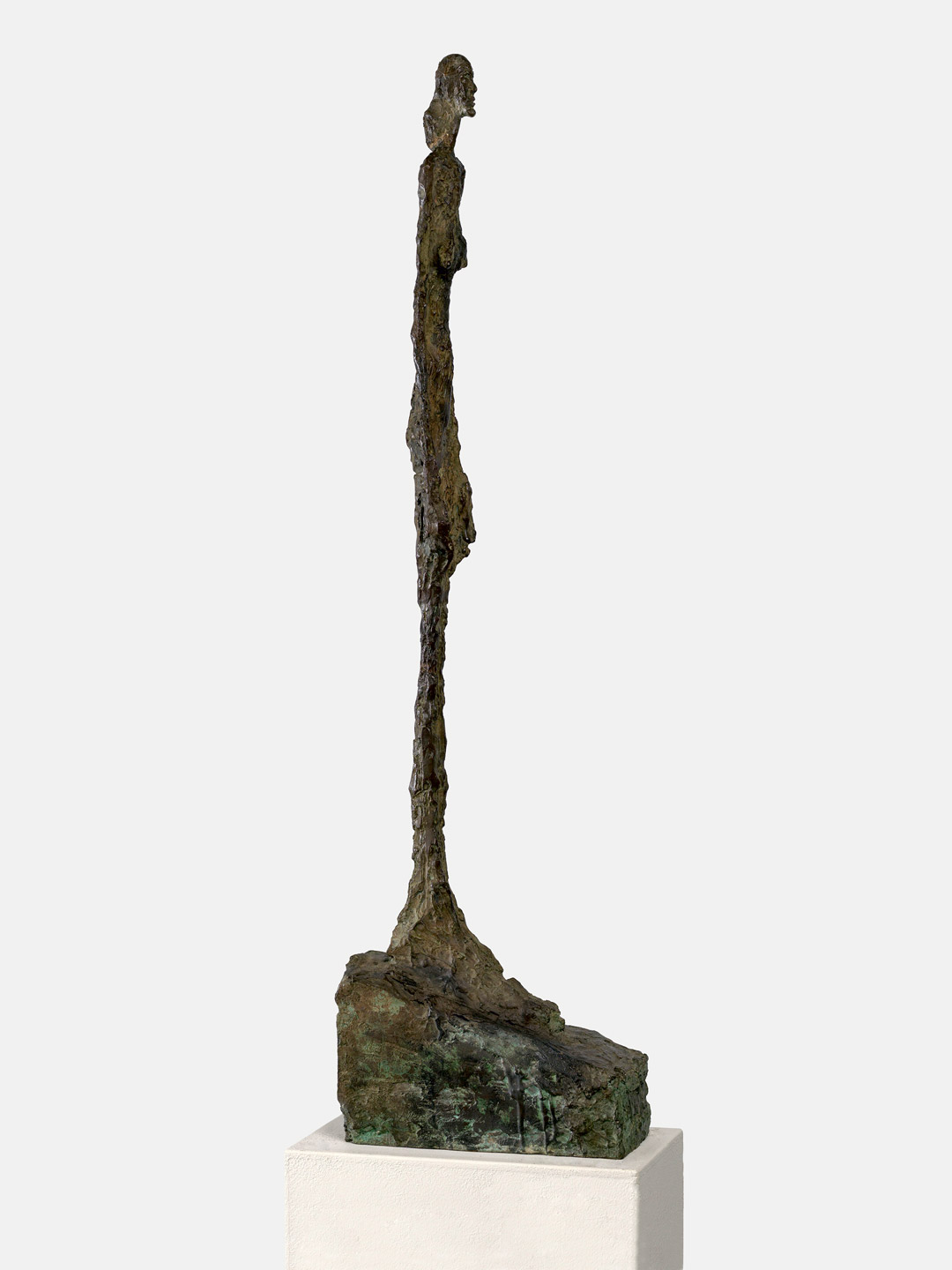
Alberto Giacometti, Femme de Venise II, 1956
Acquired January 2, 1975
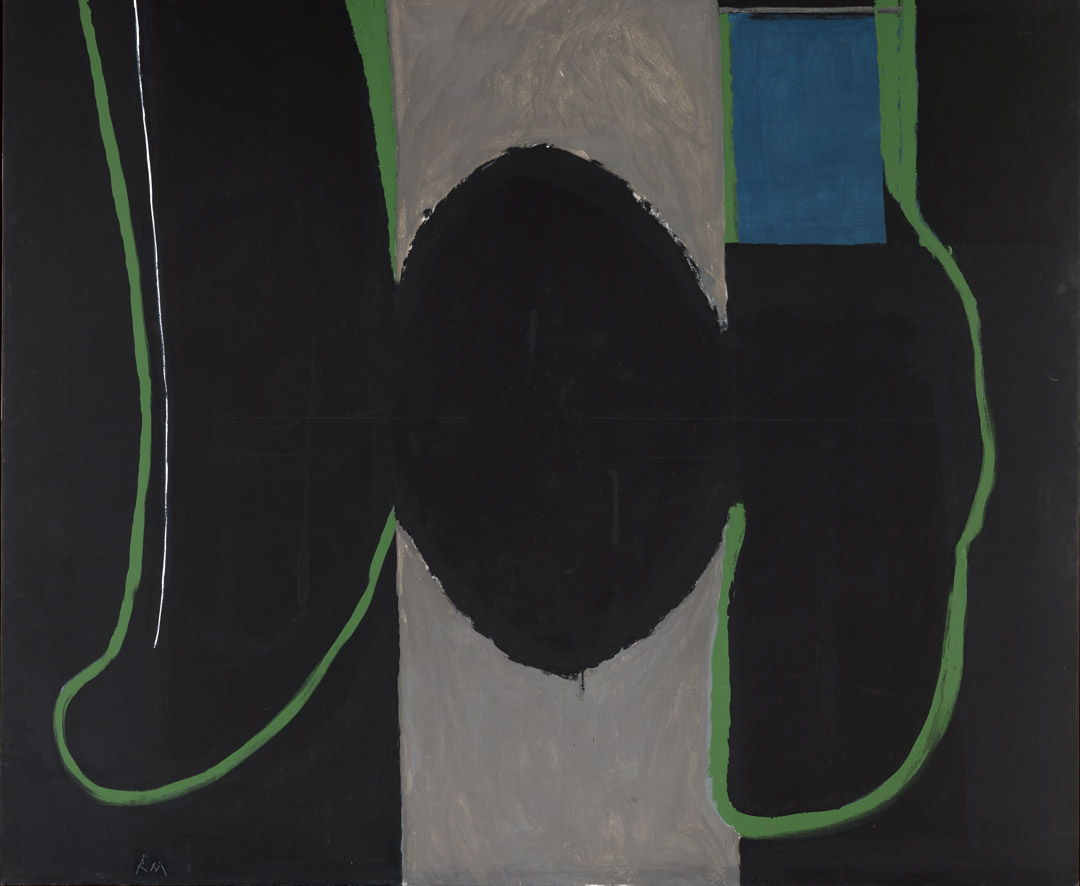
Robert Motherwell, Irish Elegy, 1965
Acquired November 7, 1975
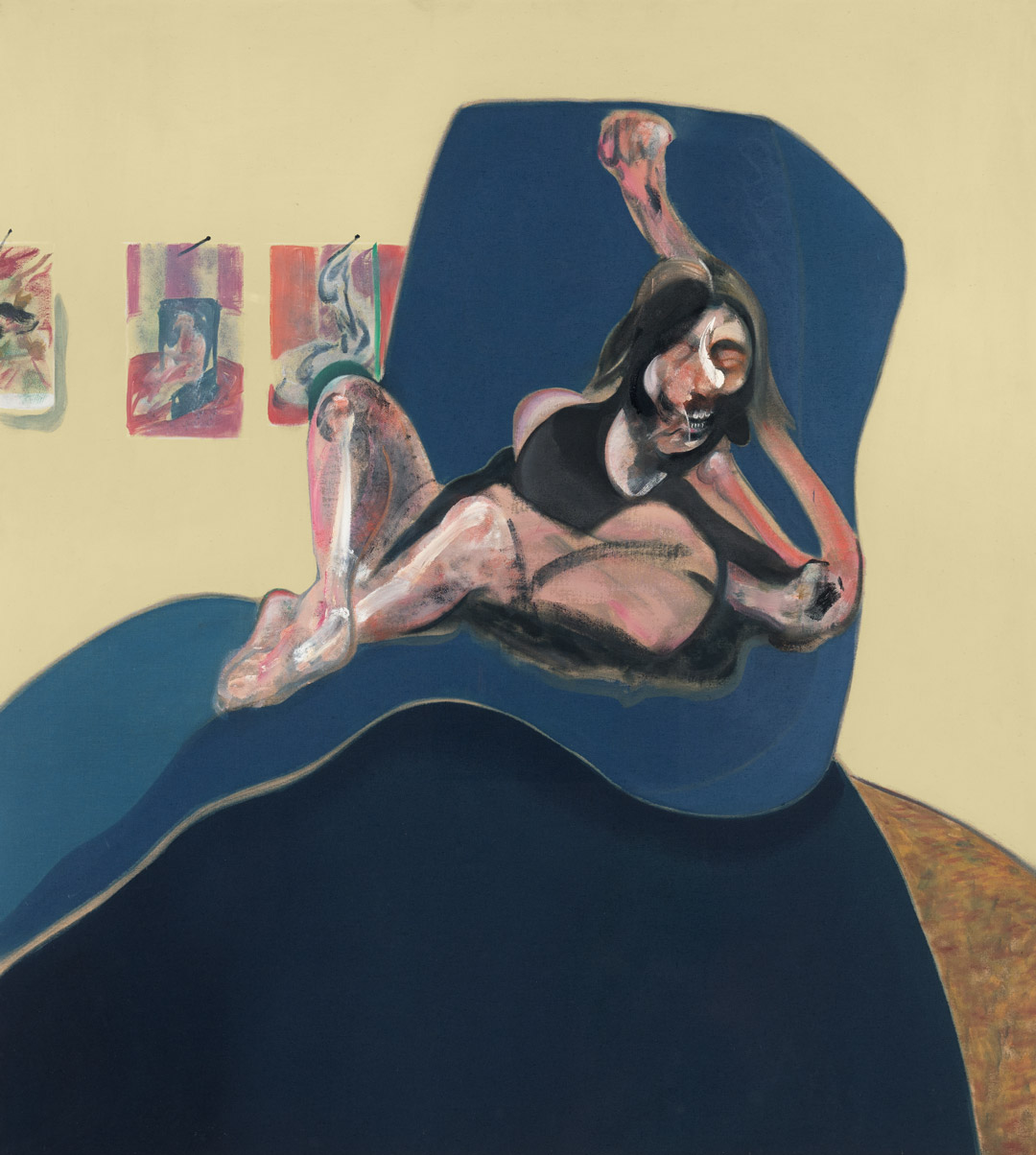
Francis Bacon, Study for a Portrait, 1967
Acquired November 20, 1976
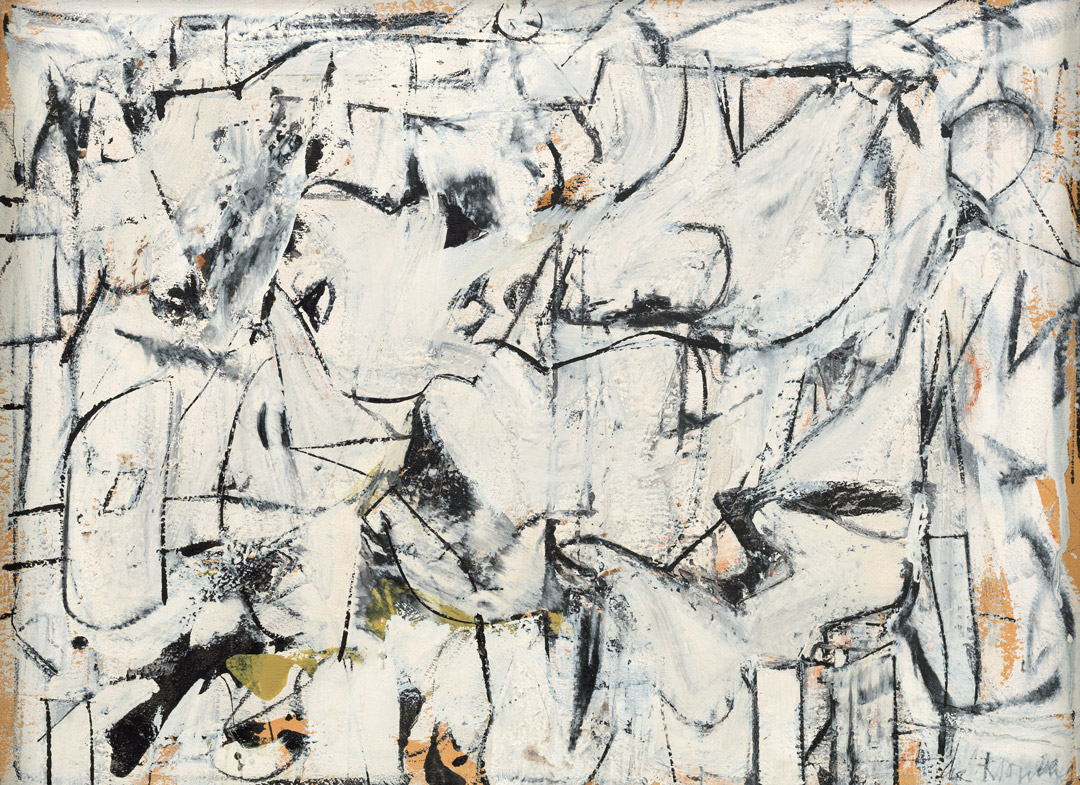
Willem de Kooning, Town Square, 1948
Acquired December 6, 1976
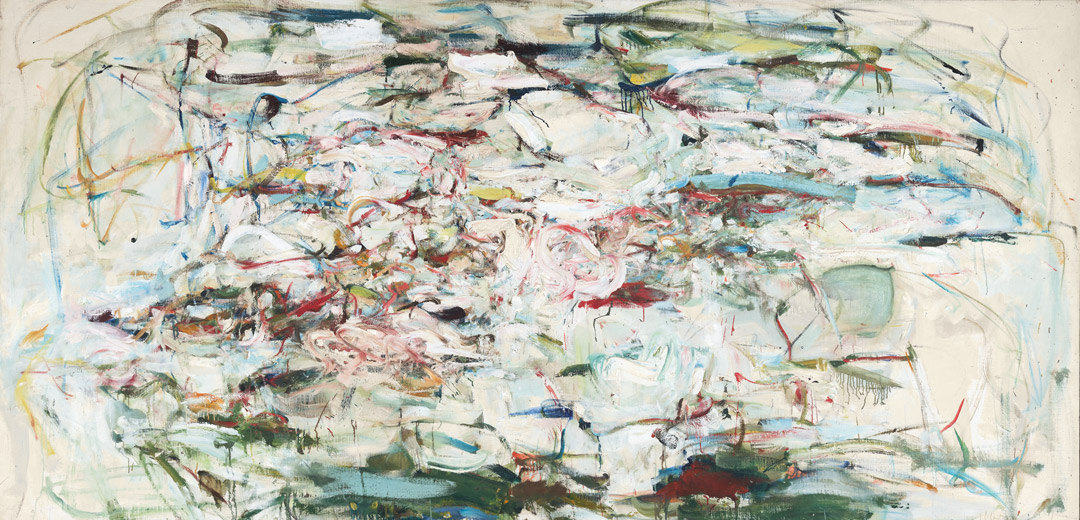
Joan Mitchell, The Sink, 1956
Acquired September 12, 1977
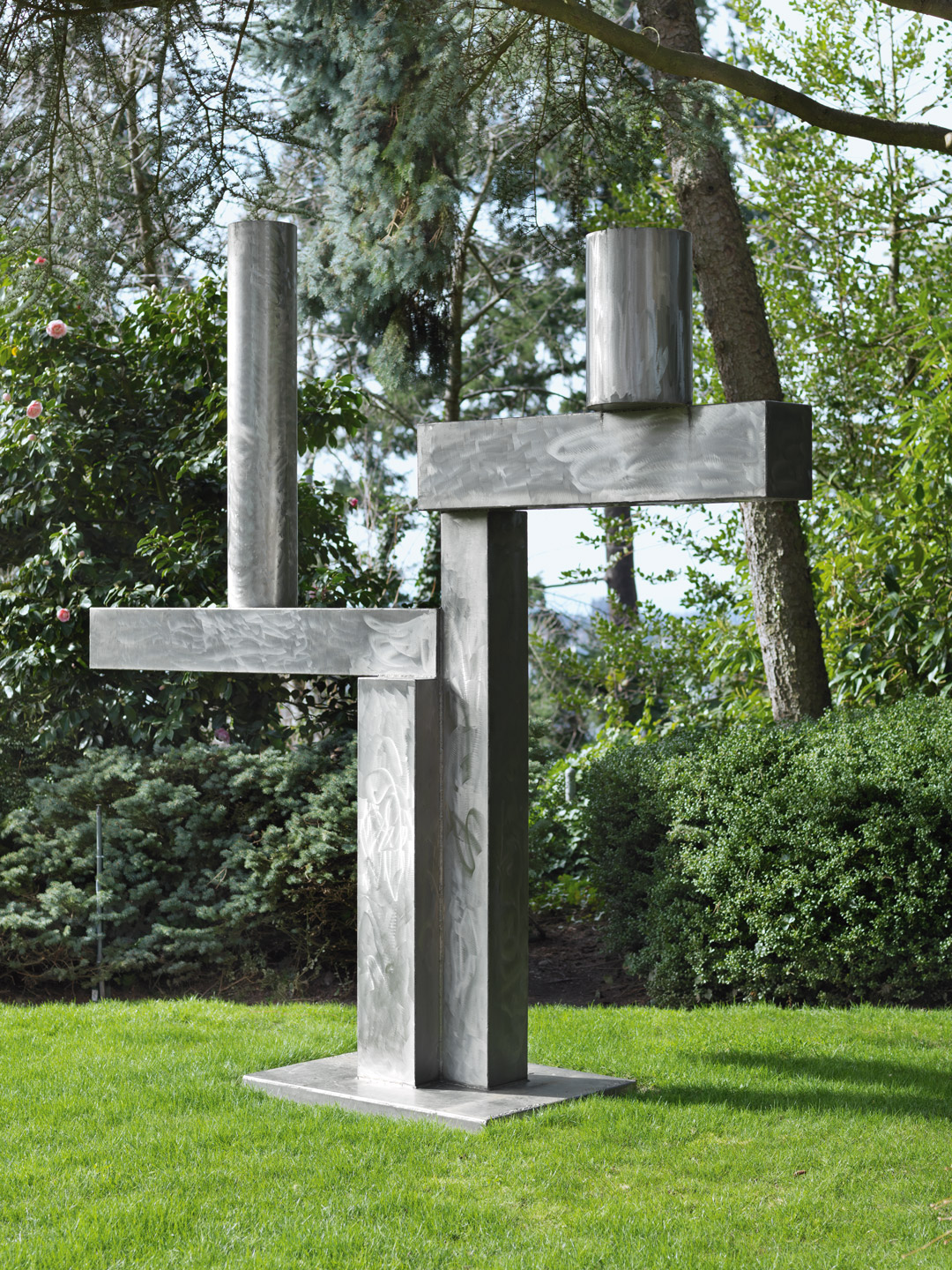
David Smith, Cubi XXV, 1965
Acquired February 22, 1978
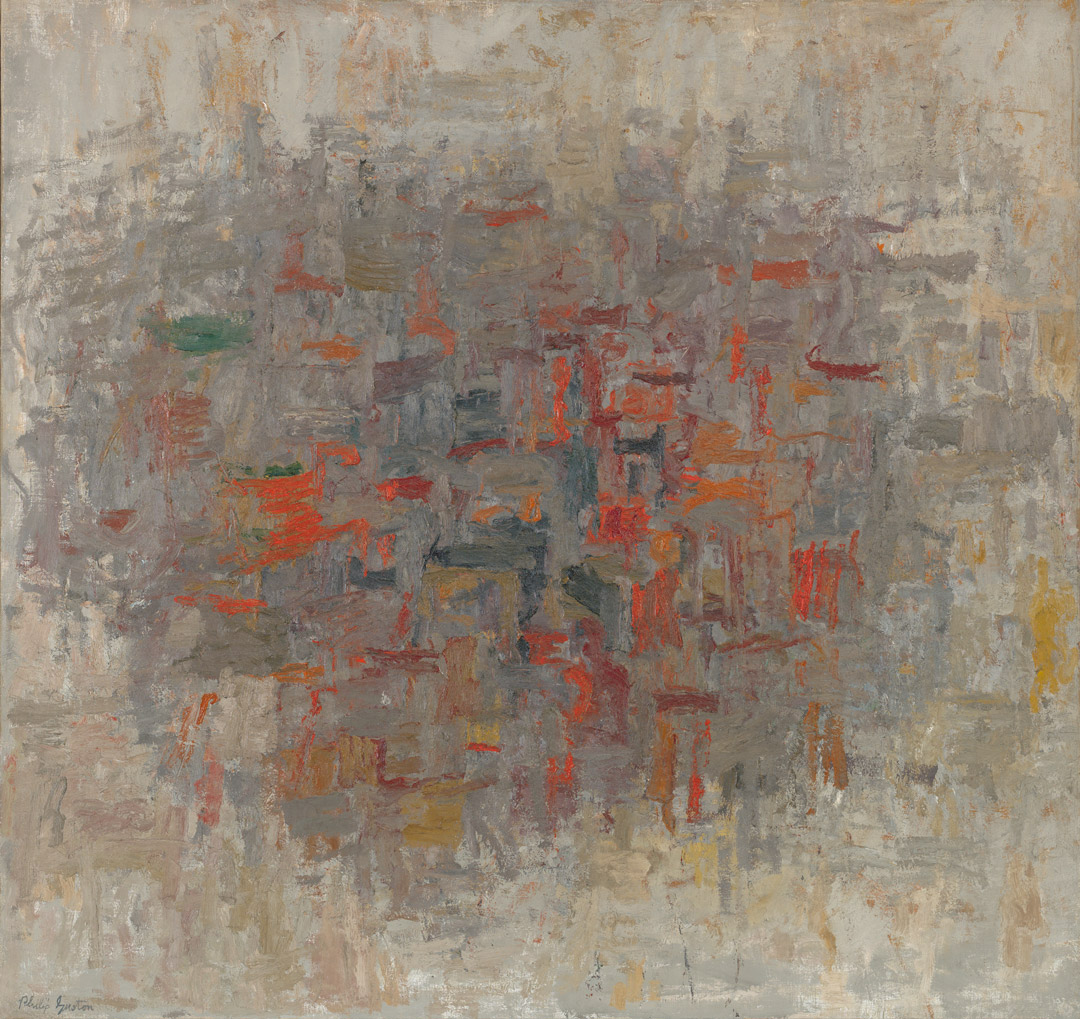
Philip Guston, To B.W.T., 1952
Acquired February 14, 1979
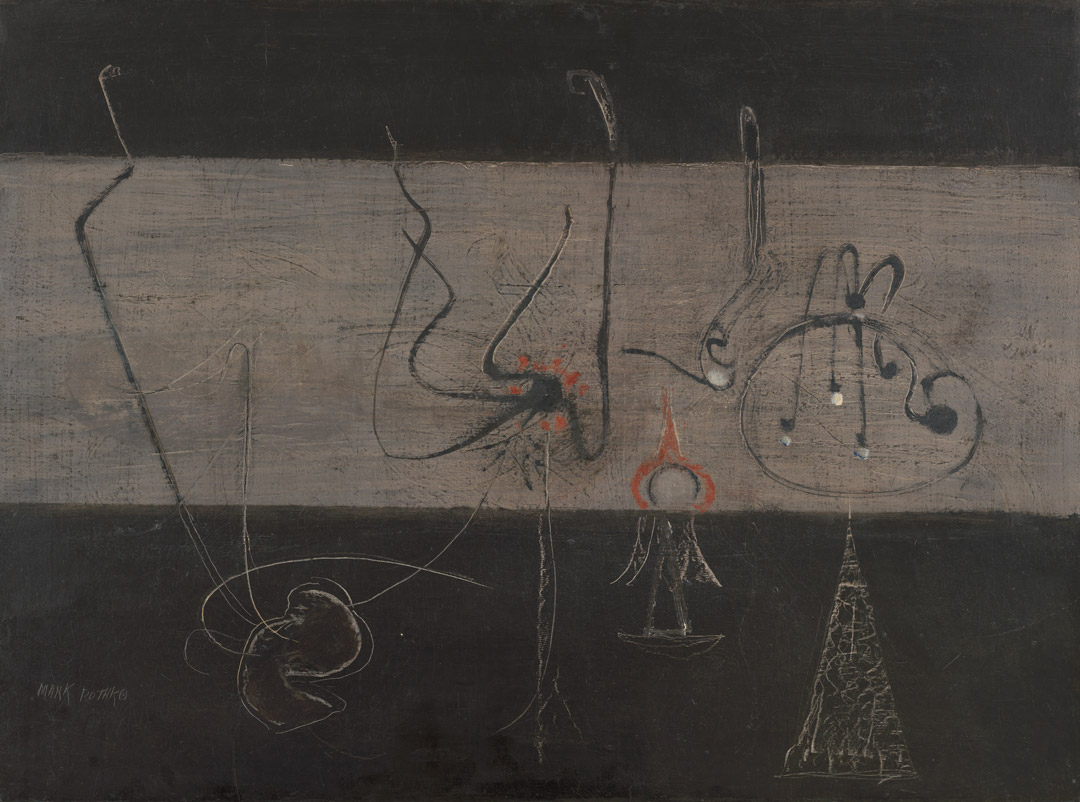
Mark Rothko, Untitled, ca.1945
Acquired November 12, 1980

Lee Krasner, Night Watch, 1960
Acquired November 19, 1981
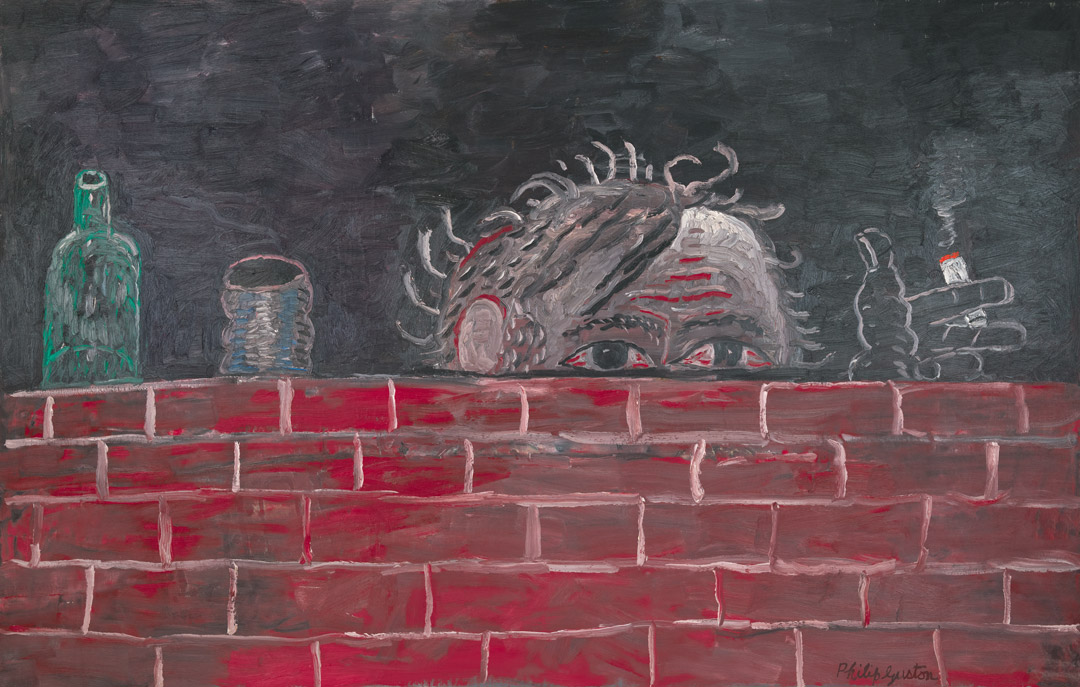
Philip Guston, The Painter, 1976
Acquired February 1, 1982


